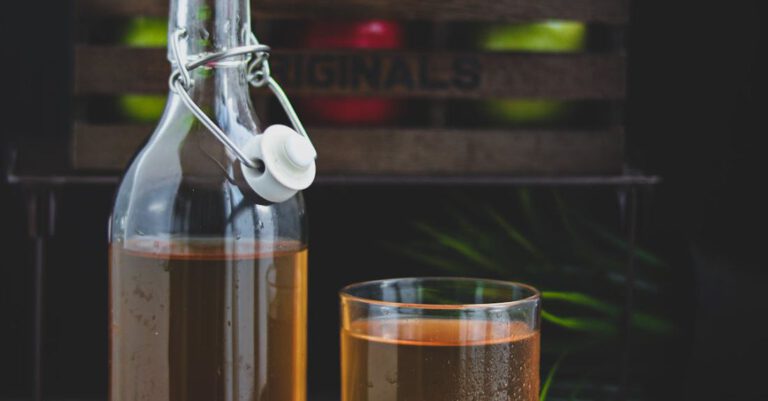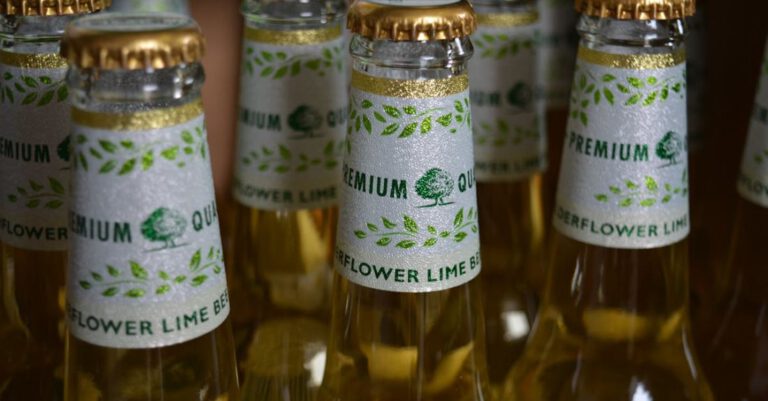
Cider has been enjoyed for centuries and continues to be a popular choice among beverage enthusiasts worldwide. With its diverse range of flavors and styles, tasting and evaluating cider can be a rewarding experience for anyone interested in exploring this delicious drink. Whether you are a seasoned cider connoisseur or a beginner looking to expand your palate, understanding how to properly taste and evaluate cider can enhance your overall drinking experience. In this article, we will delve into the art of tasting and evaluating cider, providing you with tips and techniques to help you appreciate this beverage to its fullest potential.
Understanding the Basics
Before diving into the tasting process, it is important to understand the basics of cider. Cider is a fermented beverage made from the juice of apples, although it can also be produced from other fruits such as pears. The cider-making process involves crushing the fruit to extract the juice, which is then fermented using yeast to produce alcohol. Cider can vary in sweetness, acidity, and alcohol content, depending on the type of apples used and the fermentation process.
Choosing the Right Glassware
When tasting cider, it is essential to use the proper glassware to fully appreciate its aroma and flavor profile. A tulip-shaped glass or a wine glass with a slightly tapered rim is ideal for cider tasting, as it allows the aromas to concentrate and enhances the overall drinking experience. Avoid using a narrow glass or a thick-rimmed vessel, as they can inhibit the release of aromas and affect the taste of the cider.
The Tasting Process
Now that you have your glass of cider ready, it’s time to start the tasting process. Follow these steps to evaluate cider like a pro:
Appearance: Begin by observing the appearance of the cider. Hold the glass up to the light and take note of the color and clarity. Ciders can range from pale straw to deep amber in color, with variations in opacity depending on the filtration process. A clear and vibrant color is often a sign of a well-made cider.
Aroma: Swirl the cider in the glass to release its aromas, then take a moment to inhale deeply. Pay attention to the various scents that emerge, such as apple, pear, citrus, or floral notes. The aroma can give you clues about the cider’s flavor profile and the ingredients used in its production.
Taste: Take a small sip of the cider and let it coat your palate. Notice the initial flavors that hit your taste buds, such as sweetness, acidity, or bitterness. Pay attention to the balance of flavors and how they evolve as you continue to sip. Is the cider crisp and refreshing, or rich and complex? Evaluate the mouthfeel, noting the level of carbonation and any lingering aftertaste.
Finish: The finish refers to the lingering flavors that remain in your mouth after swallowing the cider. A long finish with pleasant notes is a sign of a high-quality cider, while a short finish may indicate a lack of complexity. Consider how the flavors evolve and whether they leave you wanting another sip.
Pairing and Enjoyment
After evaluating the cider, consider how it can be paired with food to enhance the tasting experience. Ciders with higher acidity pair well with rich and fatty dishes, while sweeter ciders complement spicy or salty foods. Experiment with different food pairings to find the perfect match for your favorite cider.
In conclusion, tasting and evaluating cider is a sensory experience that can be enjoyed by anyone with an interest in exploring new flavors. By following these tips and techniques, you can enhance your appreciation for cider and develop a deeper understanding of its diverse characteristics. So grab a glass of cider, take a moment to savor its aroma and flavor, and embark on a journey of discovery through the world of cider tasting. Cheers!





